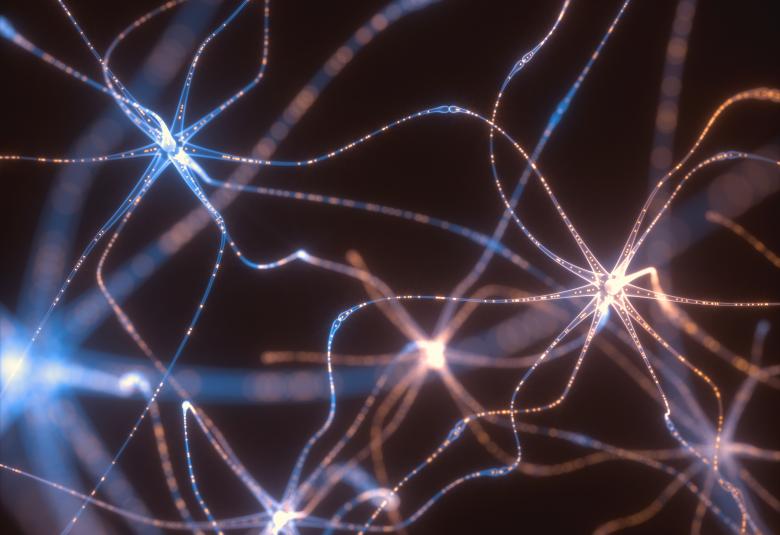It’s well understood that a clear diagnosis achieved as early as possible is key to managing the well-being of patients. Taking the time and effort to get an accurate diagnosis will help determine the appropriate treatment, which in turn helps to achieve better management of a condition.
This applies equally to bipolar I disorder as it does to other psychiatric disorders such as dementia or medical disorders such as heart disease. The diagnosis of bipolar I disorder is based on a review of symptoms and potential medical explanations for those symptoms; there is no biological marker for the disorder. Due to the strong genetic component to the condition, it also involves asking the patient questions about their personal and family history of mental illness and/or bipolar disorder.
Delayed diagnosis
Unfortunately, there is often a long delay between the first presentation of bipolar I disorder and the diagnosis. This is simply because most patients tend to present during the depressed phase when the distinguishing features may be less apparent.
Routinely considering the possibility of bipolar I disorder in people presenting with depression will counteract this predicament and allow for earlier detection.
Diagnostic bibles
So what diagnostic tools are available to assist clinicians in diagnosing bipolar I disorder? The latest version of the American Psychiatric Association (APA) classification and diagnostic tool the Diagnostic and Statistical Manual of Mental Disorders, Fifth Edition (DSM-5) was published in 2013. Treatment recommendations are often determined by DSM classifications, so the appearance of a new version has significant practical importance.
The International Statistical Classification of Diseases and Related Health Problems (ICD), produced by the World Health Organization (WHO), is the other commonly used manual for mental disorders. It is distinguished from the DSM in that it covers health as a whole. While the DSM is the official diagnostic system for mental disorders in the US, the ICD is used more widely in Europe and other parts of the world.
Talking about the new version of the DSM-5 at ISAD 2015, Professor Allan Young, Director of the Centre for Affective Disorders at King’s College London said: “The DSM-5 has become more sophisticated and elaborate and allows us to incorporate greater subtlety in our thinking about the mixture of manic and depressive symptoms. I think this is going to be very influential in dictating treatment in bipolar 1.“
That said, Professor Allan points out that some people prefer to adhere to the ICD which covers the whole world. On this, Allan says: “We need to be aware that the ICD is being revised as well and is likely to harmonize and to be very similar to DSM-V and that's important.”
The DSM-5 has become more sophisticated and elaborate and allows us to incorporate greater subtlety in our thinking about the mixture of manic and depressive symptoms.
Professor Allan Young
“The second thing to say is that regulatory drug research is going to be very heavily influenced by DSM-5 because the regulatory agencies in North America and Europe are going to want these diagnostic categories including things like a mixed features specifier to be incorporated so I think this is going to have an increasing change in our practice and it's going to be driven by the research and the evidence which is based on the use of the new diagnostic specifier.”
You can listen to the full interview “Diagnostic Advances with DSM-5” with Professor Young here.
Downloadable mood questionnaires to aid diagnosis of bipolar. For doctors to print out for patients or patients to complete and bring in to their doctor
https://psychology-tools.com/altman-self-rating-mania-scale/ https://psychology-tools.com/young-mania-rating-scale/ http://www.integration.samhsa.gov/images/res/MDQ.pdf
Detecting mania with depressive symptoms
One area within bipolar I which tends to be particularly undiagnosed and at the same time a high risk episode for patients, is the mixed state of mania with depressive symptoms. Please click here to read more about this important area.
Our correspondent’s highlights from the symposium are meant as a fair representation of the scientific content presented. The views and opinions expressed on this page do not necessarily reflect those of Lundbeck.




